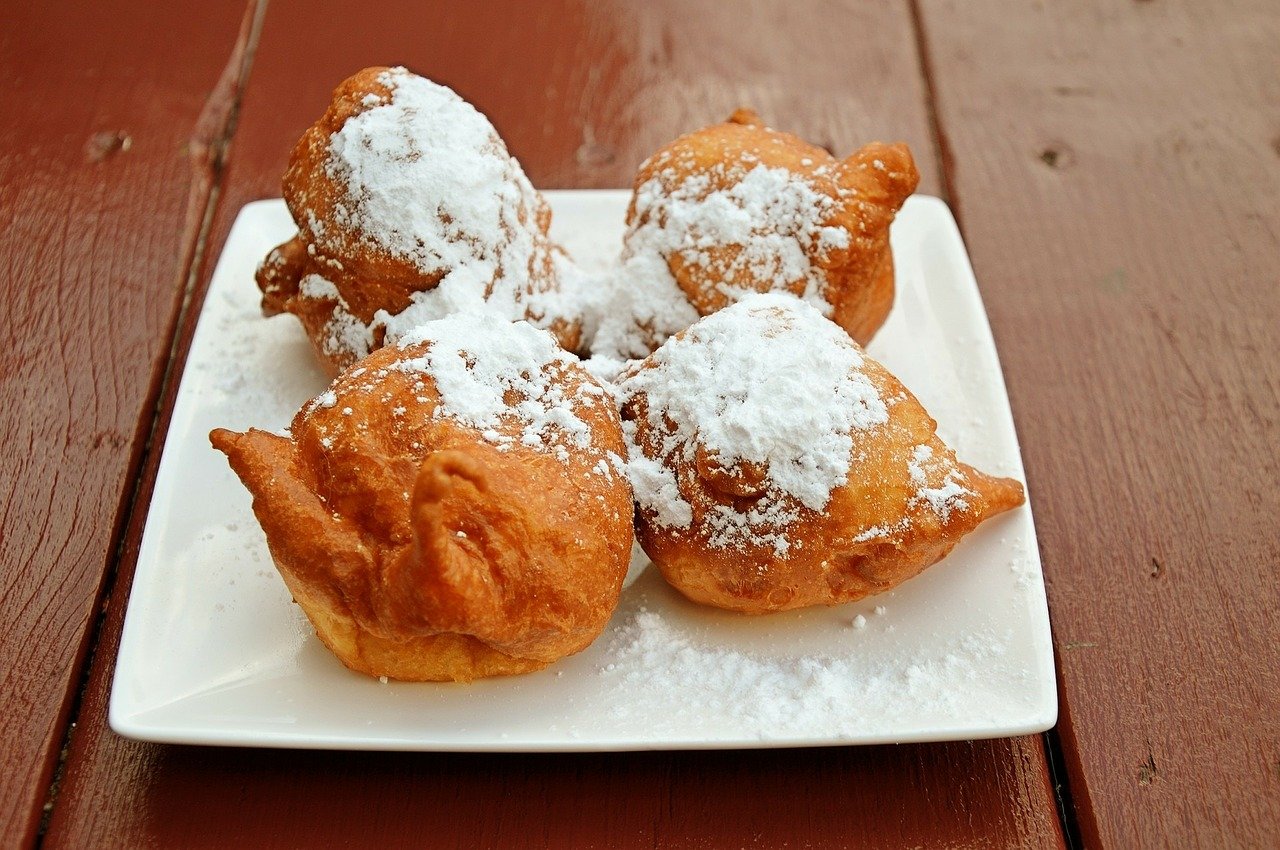The first recorded mention of the fritter was back in 1665. Samuel Pepys, a British Member of Parliament during the Restoration period in England, wrote in one of his diary entries that he would be enjoying some fritters before Lent. However, it is believed that fritters were first consumed by the ancient Romans, who later introduced them to Europe.
Fritters are used in many cuisines. The French beignets, Italian “bignè”, and Greek “loukoumades” are examples of fritter varieties specific to different countries. The custom of coating food in batter and frying it was introduced to Japan by the Portuguese and Spanish in the late 16th century. From this, tempura – deep-fried shellfish, fish, and vegetables – was incorporated into traditional Japanese cuisine. Similarly, the Indian pakora is a savory deep-fried cake containing meat or vegetables such as cauliflower and eggplant. Fritto misto is an Italian fritter-like dish of several types of food, usually seafood, dipped in batter and fried in olive oil. Another specialty is the flower fritter, which is basically deep-fried edible flowers like acacia, elderflower, and squash blossoms.
Fritters are easy and cost-effective to make so it comes as no surprise that there is a version in every culture. You can find fritters at restaurants, county fairs, and even on the street. The most famous fritters you can find in the U.S. are corn fritters. In the South, traditional corn fritters are made of melted butter, milk, flour, egg, and corn kernels. They can be baked, shallow fried, and deep-fried, and are served with cream, honey, fruit, or jam. You can add virtually any fruit or vegetable in these delicious fritters, making them a very versatile dish.
Livingston Gardens Apartments
North Brunswick, NJ


